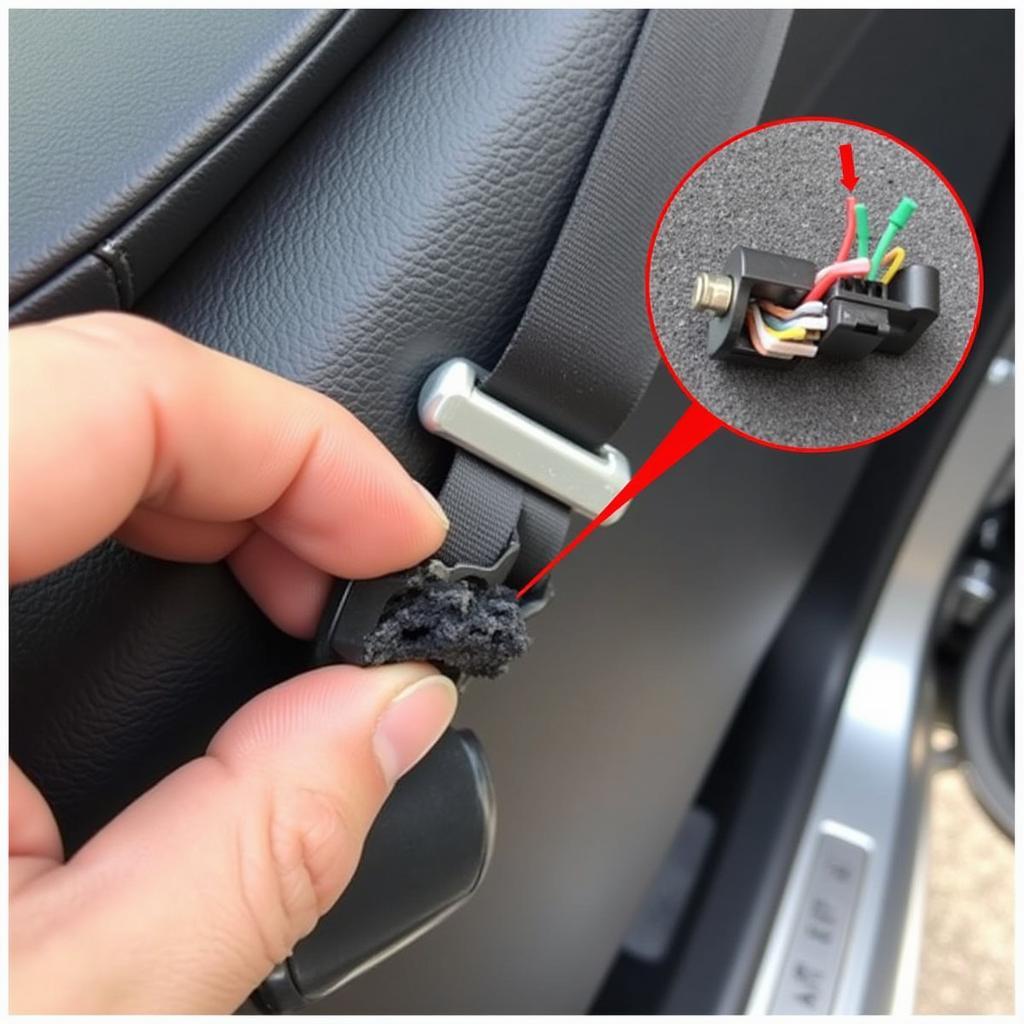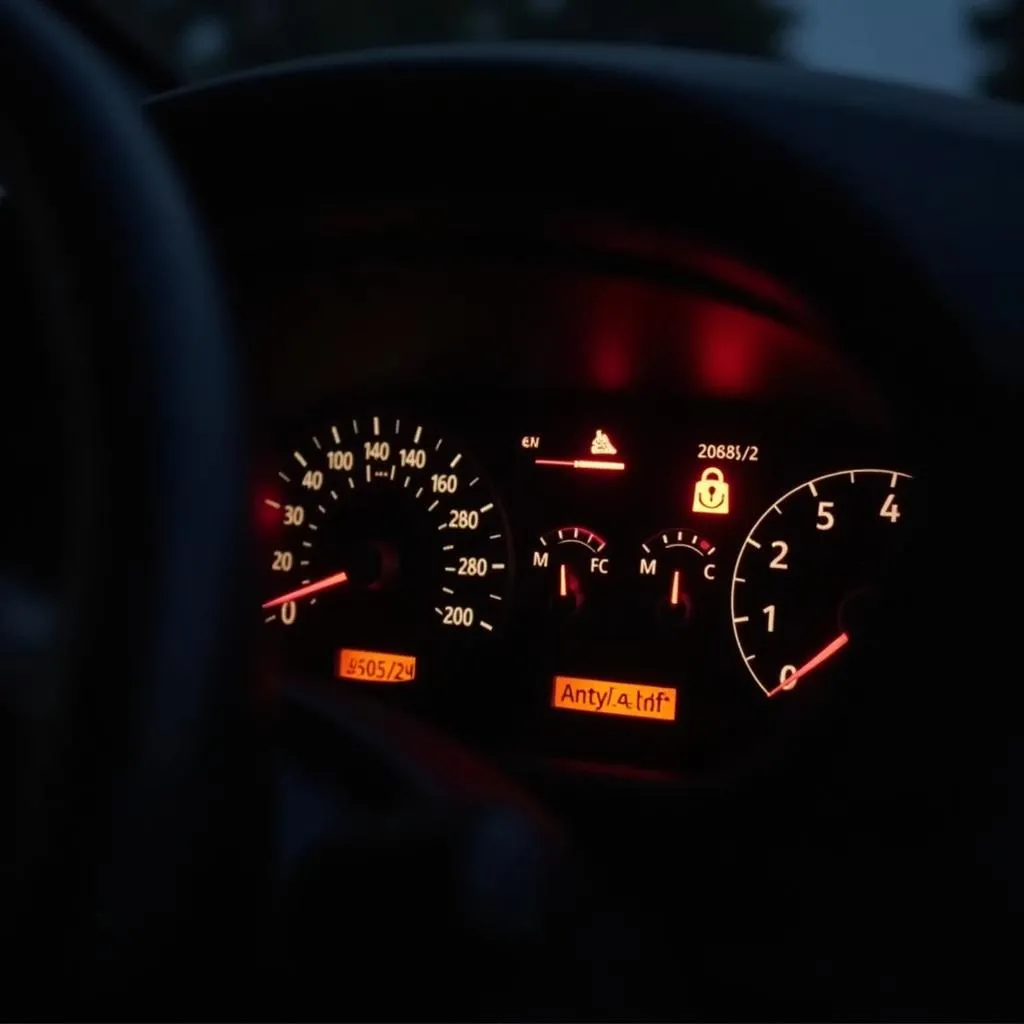Warner Electric clutch brakes are essential components in various industrial and automotive applications, providing precise control and reliable stopping power. However, like any mechanical system, they can experience wear and tear over time, leading to performance issues or complete failure.
This comprehensive guide will delve into the intricacies of Warner Electric clutch brake repair, empowering you with the knowledge to troubleshoot, diagnose, and potentially resolve common problems.
Understanding Warner Electric Clutch Brakes
Before diving into repairs, it’s crucial to grasp the fundamentals of how these systems operate. Warner Electric clutch brakes combine a clutch and a brake into a single unit, enabling controlled engagement and disengagement of power transmission.
Here’s a simplified breakdown:
- Electromagnetic Actuation: An electromagnetic coil, when energized, generates a magnetic field that attracts a clutch armature or brake disc.
- Friction Material: The armature or disc is lined with friction material, similar to brake pads, which comes into contact with the opposing surface (rotor or drum) to transmit torque or create braking force.
- Spring Mechanism: When the electromagnetic coil is de-energized, a spring retracts the armature or disc, disengaging the clutch or releasing the brake.
Common Warner Electric Clutch Brake Problems
A wide array of issues can arise with Warner Electric clutch brakes, ranging from minor annoyances to major malfunctions. Recognizing the symptoms of these problems is the first step towards effective repair.
Symptoms of a Failing Warner Electric Clutch Brake:
- Slipping: The clutch fails to transmit full power, resulting in reduced speed or torque.
- Dragging: The brake fails to fully disengage, leading to overheating, reduced efficiency, or premature wear.
- Chattering or Noise: Unusual noises during operation can indicate misalignment, worn friction material, or damaged components.
- Overheating: Excessive heat generation can stem from improper adjustment, dragging brakes, or inadequate lubrication.
- Electrical Issues: Problems with the electromagnetic coil, wiring, or control circuitry can disrupt clutch/brake engagement and disengagement.
Troubleshooting and Diagnosing Warner Electric Clutch Brake Problems
Pinpointing the root cause of a clutch brake malfunction requires systematic troubleshooting and accurate diagnosis. Here’s a step-by-step approach:
- Visual Inspection: Begin by visually examining the clutch brake unit for any signs of physical damage, loose connections, or worn components. Pay close attention to the friction material, armature/disc surface, and air gap.
- Voltage and Current Checks: Using a multimeter, verify that the correct voltage and current are reaching the electromagnetic coil. This helps identify electrical issues within the coil, wiring, or control system.
- Air Gap Adjustment: An incorrect air gap between the armature/disc and the rotor/drum can significantly affect performance. Consult the manufacturer’s specifications for the proper air gap measurement and adjust accordingly.
- Friction Material Assessment: Inspect the friction material for signs of excessive wear, glazing, or contamination. Replace the friction material if it’s worn beyond the recommended limits.
- Mechanical Component Inspection: Check for any wear, damage, or binding in the springs, bearings, shafts, and other mechanical components. Replace or repair as needed.
Warner Electric Clutch Brake Repair Options
Depending on the nature and severity of the problem, repair options can range from simple adjustments to complete component replacement.
DIY Repairs:
- Air Gap Adjustment: This is a relatively straightforward adjustment that can often be performed with basic hand tools.
- Friction Material Replacement: Replacing worn friction material typically involves disassembling the clutch brake unit, but it can be manageable for those with mechanical aptitude.
Expert Tip from John Miller, Certified Automotive Electrician: “Always refer to the manufacturer’s specifications and guidelines when performing any adjustments or repairs on Warner Electric clutch brakes. Using incorrect procedures or components can exacerbate the problem or even pose safety hazards.”
Professional Repair Services:
For complex issues or if you lack the necessary tools and expertise, seeking professional repair services is recommended. Qualified technicians have the knowledge, experience, and specialized equipment to diagnose and repair intricate clutch brake problems effectively.
When to Consider Professional Repair:
- Significant damage to the clutch brake unit
- Electrical system malfunctions
- Lack of specialized tools or expertise
- Safety concerns
Preventing Future Warner Electric Clutch Brake Issues
Proactive maintenance plays a pivotal role in extending the lifespan of your Warner Electric clutch brake and preventing costly downtime. Implement these preventive measures:
- Regular Inspections: Establish a routine inspection schedule to visually examine the clutch brake for wear, damage, or loose connections.
- Lubrication: Proper lubrication is crucial for smooth operation and reduced wear. Consult the manufacturer’s recommendations for the appropriate type and frequency of lubrication.
- Proper Adjustment: Ensure that the air gap and other adjustable parameters are within the manufacturer’s specifications.
- Timely Repairs: Address any minor issues promptly to prevent them from escalating into major problems.
- Quality Parts: When replacing components, opt for high-quality parts that meet or exceed OEM specifications.
Conclusion
Warner Electric clutch brakes are robust and reliable components when properly maintained and repaired. By understanding their operation, common problems, and troubleshooting techniques, you can effectively address issues and ensure optimal performance. Remember to prioritize safety and seek professional assistance when needed.
Frequently Asked Questions (FAQs)
1. How often should I inspect my Warner Electric clutch brake?
The recommended inspection frequency varies depending on usage and operating conditions. However, a good rule of thumb is to visually inspect the unit at least every three months or 1000 operating hours.
2. Can I use any type of lubricant on my clutch brake?
No, using the incorrect lubricant can damage the friction material or other components. Refer to the manufacturer’s specifications for the recommended lubricant type and viscosity.
3. What is the typical lifespan of a Warner Electric clutch brake?
The lifespan depends on factors like usage, maintenance, and operating environment. With proper care, these units can last for several years or even decades.
4. How can I tell if my clutch brake needs adjustment?
Symptoms like slipping, dragging, or unusual noises can indicate the need for adjustment. Refer to the manufacturer’s guidelines for proper adjustment procedures.
5. Where can I find qualified technicians to repair my Warner Electric clutch brake?
Contact authorized dealers, specialized repair shops, or certified automotive electricians with experience in industrial clutch brake systems. You can also check online directories or seek recommendations from industry peers.


